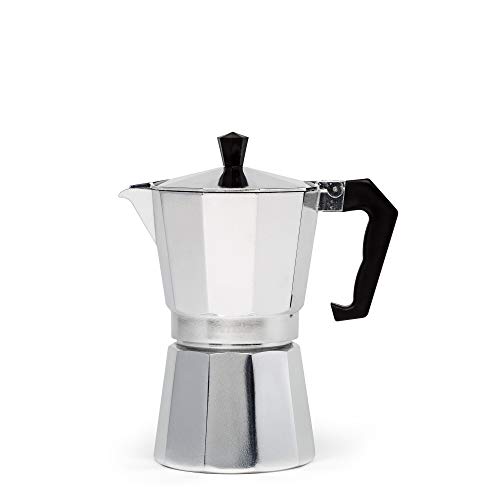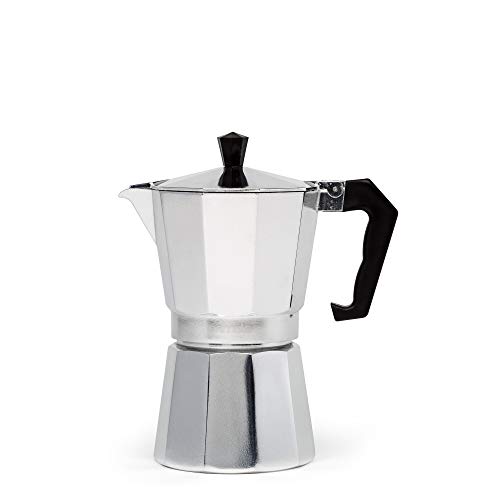“How To Install Bathroom Faucet” is a topic that many homeowners find themselves intrigued by, especially those who enjoy undertaking DIY projects. The ability to install a bathroom faucet independently can save a decent amount of money and gives a sense of satisfaction that comes with improving your own home.
The process, while seeming complex at first glance, is quite manageable when broken down into step-by-step tasks. Moreover, it doesn’t require an extensive array of specialized tools, making it accessible for most individuals.
In the upcoming sections, we delve into the nuances of the installation process, providing a comprehensive guide that navigates you through each phase. Whether you are a seasoned DIY enthusiast or a beginner looking to venture into home improvement, this guide aims to equip you with the necessary knowledge to approach this project with confidence.
How To Install Bathroom Faucet
To begin with, purchasing the right bathroom faucet is paramount. It’s important to ensure the faucet you choose is compatible with your sink’s setup, taking into consideration factors such as the number of holes and their spacing. Also, think about the design and finish of the faucet, as it should meld with the overall décor of your bathroom.
Once you have the right faucet in hand, gather all the necessary tools for the job. Typically, you’ll need an adjustable wrench, a bucket, a pair of slip joint pliers, and a basin wrench. Having a towel handy could also prove beneficial in case of minor spills or leaks.
Before you start with the actual installation, it’s crucial to turn off the water supply to the sink. This is usually done by turning the valves under the sink to their off positions. If your sink does not have these valves, you may need to shut off the water at the main valve.
Now, the next step is removing the old faucet. To do this, disconnect the water supply lines from the faucet using your basin wrench. Then, remove the nuts or screws holding the faucet in place and lift it out.
The installation phase begins with placing the gasket or trim ring (if provided) over the faucet holes in the sink, followed by the faucet itself. Ensure the faucet is correctly aligned before you proceed to the next step.
Next, from under the sink, thread the mounting nuts onto the faucet tailpieces. Make sure these are firm but don’t over-tighten them as it could damage the sink or faucet. After this, connect the water supply lines to the faucet tailpieces, again ensuring they’re secure but not overly tight.
Finally, turn the water supply on and check for leaks. If you notice any, turn off the water supply and tighten the connections a bit more. After ensuring there are no leaks, your new bathroom faucet is ready for use. Remember to clean up your workspace and dispose of the old faucet responsibly.
Installing a bathroom faucet can be a gratifying DIY task. Not only do you get to add a personal touch to your home, but you also learn valuable skills that can be useful in future home improvement projects.
See more: How To Replace Tub Faucet
FAQs
Home improvement tasks such as installing a bathroom faucet can seem daunting at first. However, once you delve into the process and break it down into manageable steps, it becomes an achievable endeavor. Dive into our FAQs to equip yourself with more information.
What kind of faucet works best for a small bathroom?

A wall-mounted faucet often works well for smaller bathrooms. Its design frees up counter space and provides a sleek, uncluttered look. This type of faucet is installed directly into the wall above the sink, which can also allow for a larger sink bowl. However, it’s important to note that installing a wall-mounted faucet may require professional help due to the plumbing adjustments needed.
How long does it typically take to install a bathroom faucet?
The time it takes to install a bathroom faucet varies depending on your experience and the specific faucet model. As a general estimate, for someone with basic DIY skills, it might take anywhere from one to three hours.
This includes time for removing the old faucet and cleaning the area before installing the new one. More complex faucet models or unforeseen issues can extend this timeframe.
Can I install a bathroom faucet without professional help?
Yes, it’s possible for homeowners to install a bathroom faucet without professional help. Basic plumbing tasks, such as this, can often be completed with a few tools and some patience. Always make sure to follow the manufacturer’s instructions and watch a few tutorial videos if you’re unsure. However, if you encounter any difficulties or are not comfortable with the task, it’s best to hire a professional.
What should I do if my faucet leaks after installation?
If your faucet leaks after installation, it’s typically due to loose connections or improper installation.
Check the connections and ensure they’re tight. If the leaking persists, you might want to disassemble the faucet and check the installation process again, ensuring all seals are properly placed. If in doubt, consult with a professional to avoid causing any damage.
How often should I replace my bathroom faucet?
Bathroom faucets generally have a long lifespan and don’t need to be replaced frequently unless there’s a problem.
On average, a bathroom faucet can last about 15-20 years with proper care and maintenance. However, if you notice consistent issues like leaks, rust, or if the faucet no longer matches your bathroom décor, it might be time to consider a replacement.
Final Thought
Transitioning to a new faucet is an opportunity to refresh the aesthetic of your bathroom, while also improving functionality. The beauty of upgrading to a modern faucet is that they often come equipped with water-saving technologies. This means you can reduce your water usage, saving money on bills and contributing to environmental conservation efforts.
Choosing a faucet isn’t just about practicality though, it’s also about expressing your style. From vintage-inspired designs to sleek contemporary pieces, there is an array of designs to choose from. Additionally, faucet finishes can range from brushed nickel to oil-rubbed bronze, allowing you to match your faucet to your other bathroom fixtures for a cohesive look.
It’s important to remember, however, that the installation process can prove tricky at times especially for beginners. As with any DIY project, preparation is key. Take the time to understand all the steps, gather all the necessary tools, and don’t rush the process. Patience and careful execution are crucial to a successful installation.
Finally, never underestimate the value of professional help. If you’re uncomfortable or having difficulties with the installation, don’t hesitate to call a professional. A flawless faucet installation can not only enhance your bathroom’s aesthetic but also ensures optimal performance and longevity of your new faucet.





